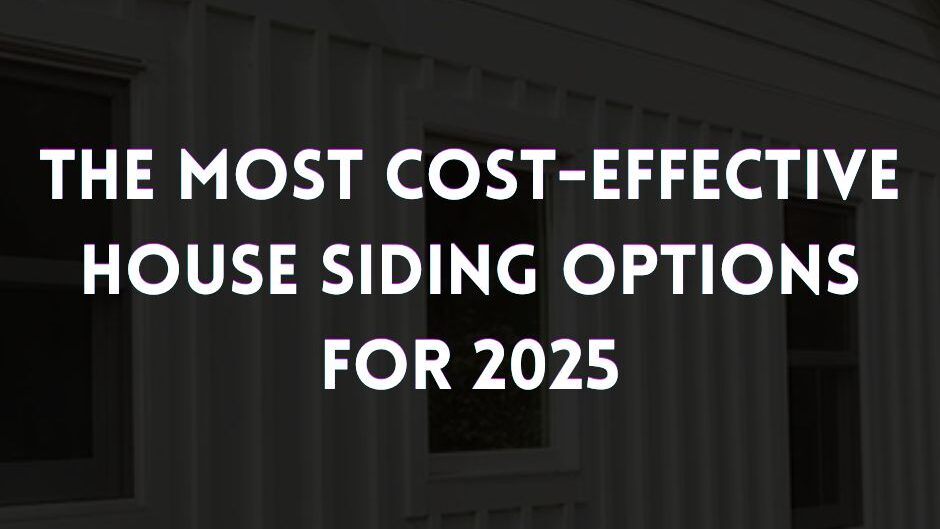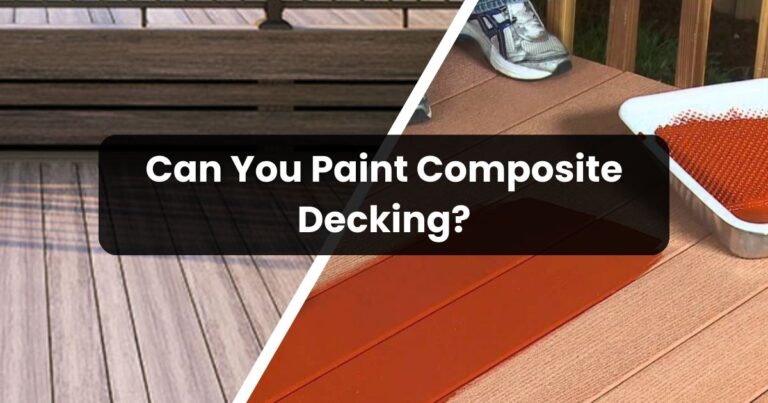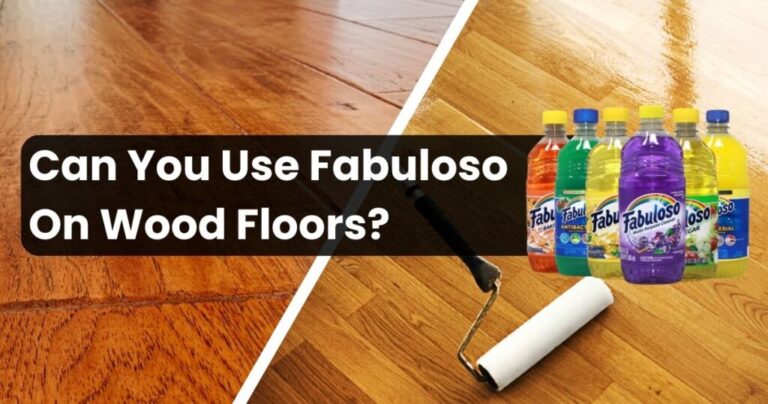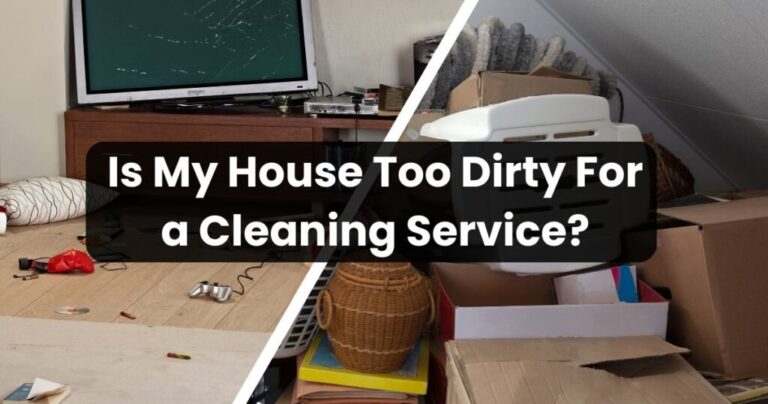
Choosing the right siding for your home involves balancing upfront costs, long-term maintenance, durability, and energy efficiency. Based on current trends and expert insights, here’s a detailed guide to the most cost-effective siding materials available in 2025, along with their pros, cons, and key considerations.
1. Vinyl Siding: Affordable and Low-Maintenance
Cost: 2–2–12 per square foot (installed) 2813.
Pros:
- Budget-friendly: The cheapest upfront option, with basic styles starting as low as $2 per square foot.
- Minimal upkeep: Requires only occasional washing and resists rot, insects, and moisture 212.
- Energy-efficient options: Insulated vinyl panels improve thermal performance, reducing energy bills 37.
Cons: - Durability limitations: Lower-quality vinyl can crack or warp in extreme temperatures 212.
- Aesthetic trade-offs: May lack the authenticity of wood or stone 38.
Best for: Homeowners prioritizing affordability and simplicity. Vinyl is ideal for moderate climates and offers a solid 78–80% return on investment (ROI) at resale 313.
2. Engineered Wood: Wood Aesthetics at a Lower Cost
Cost: 8.50–8.50–14.50 per square foot (installed) 38.
Pros:
- Natural appearance: Mimics real wood grain without the high maintenance 812.
- Durability: Resists rot and pests better than natural wood due to composite materials 1013.
Cons: - Maintenance needs: Requires periodic painting or sealing to prevent water damage 313.
- Lifespan: Lasts 20–30 years, shorter than fiber cement or stone 8.
Best for: Those seeking a rustic look without natural wood’s upkeep. Offers a 75–85% ROI 3.
3. Aluminum Siding: Durable and Recyclable
Cost: 5.85–5.85–10.25 per square foot (installed) 38.
Pros:
- Weather resistance: Withstands wind, fire, and corrosion 1013.
- Eco-friendly: Contains recycled materials and is fully recyclable 310.
Cons: - Denting: Prone to dents from hail or debris 310.
- Aesthetic limitations: Limited color options and a metallic appearance 8.
Best for: Fire-prone or coastal areas. Offers a 77% ROI 3.
4. Fiber Cement Siding: Balance of Cost and Longevity
Cost: 5–5–15 per square foot (installed) 2613.
Pros:
- Durability: Resists fire, pests, and extreme weather, lasting 40–60 years 210.
- Aesthetic versatility: Mimics wood, stucco, or masonry 1012.
Cons: - Heavyweight: Requires professional installation, increasing labor costs 1213.
- Maintenance: Needs repainting every 10–15 years 10.
Best for: Homeowners willing to pay more upfront for long-term savings. ROI averages 77% 310.
5. Stucco: Budget-Friendly for Dry Climates
Cost: 8–8–13 per square foot (installed) 28.
Pros:
- Insulation: Excellent thermal performance in hot, dry regions 612.
- Low maintenance: Rarely needs repairs if properly installed 2.
Cons: - Moisture vulnerability: Poor performance in humid or rainy climates 1213.
- Installation complexity: Requires skilled artisans 2.
Best for: Southwestern U.S. or areas with minimal rainfall.
6. Brick and Stone Veneer: High ROI with Timeless Appeal
Cost:
- Brick veneer: 8–8–16.50 per square foot 310.
- Stone veneer: 12–12–22 per square foot 210.
Pros: - Aesthetic value: Boosts curb appeal and resale value 1011.
- Durability: Resists fire, pests, and weathering 10.
Cons: - Upfront cost: Higher than vinyl or aluminum but offers 90–95% ROI for veneer 3.
Best for: Accent walls or full exteriors in upscale neighborhoods.
Key Factors to Consider
- Climate:
- Vinyl and aluminum perform well in varied climates, while stucco suits dry regions 613.
- Fiber cement and metal excel in wildfire-prone areas 1012.
- Maintenance:
- Vinyl and aluminum require minimal upkeep, while wood and engineered wood need regular staining 813.
- Energy Efficiency:
- Insulated vinyl or fiber cement can reduce heating/cooling costs by 10–20% 713.
- Resale Value:
- Stone veneer and fiber cement offer the highest ROI, while vinyl appeals to budget-conscious buyers 310.
Conclusion
For budget-conscious homeowners, vinyl remains the top choice due to its low cost and ease of installation. If long-term durability is a priority, fiber cement or stone veneer provide excellent value despite higher upfront costs. Always weigh local climate, maintenance demands, and energy efficiency to make an informed decision. For a detailed cost breakdown or contractor tips, explore the sources cited in this article



